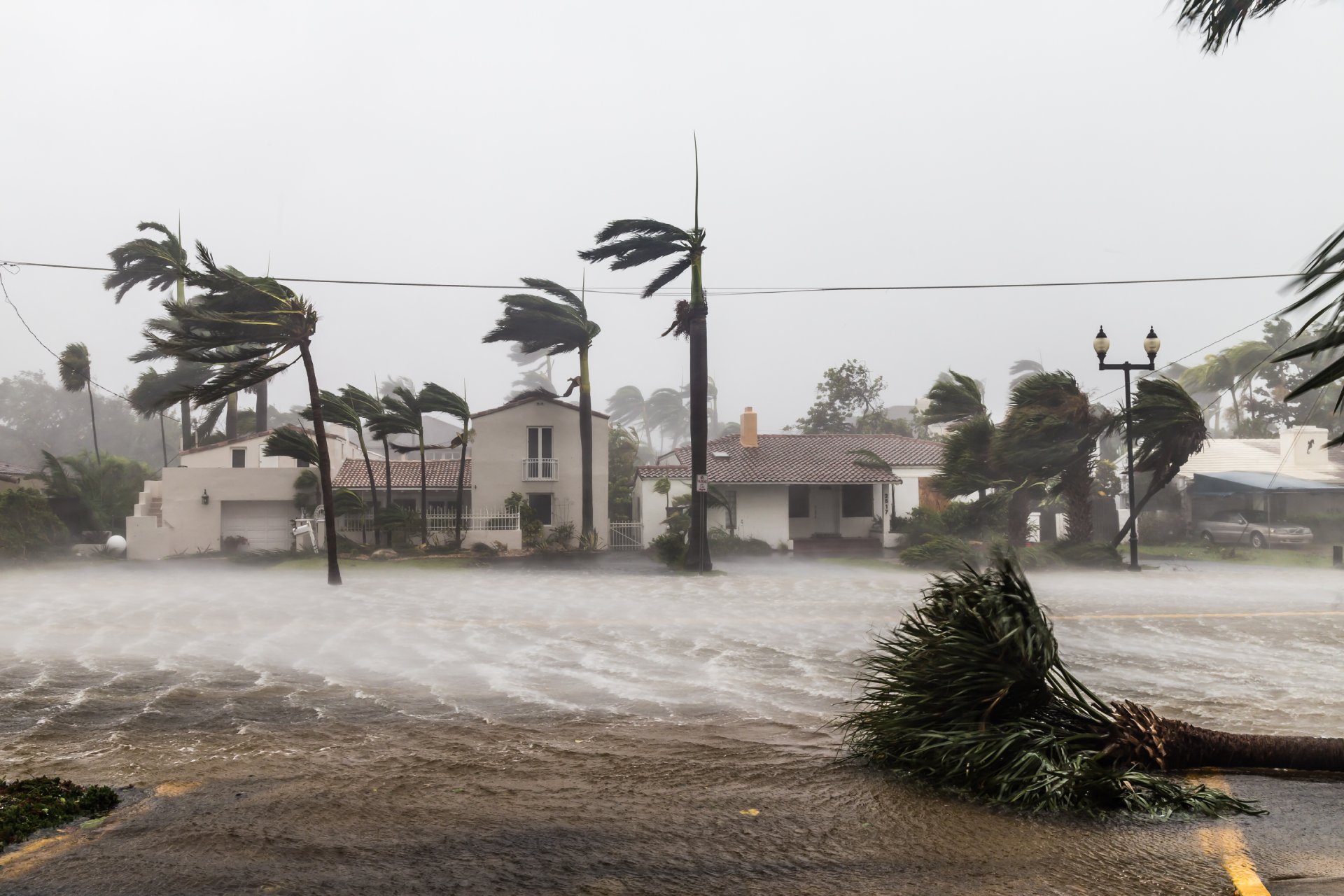pivot62.com – Typhoons, known as hurricanes or cyclones in different parts of the world, are powerful tropical storms that can cause widespread destruction. These intense weather systems pose a significant threat to coastal regions, bringing strong winds, heavy rainfall, and storm surges. This article explores the causes and impacts of typhoons, their global implications, and the strategies employed to mitigate their effects.
Understanding Typhoons
Typhoons originate over warm ocean waters, where they draw energy from the heat and moisture. As warm air rises, it creates low pressure below, allowing the storm to intensify. The rotation of the Earth causes these systems to spin, creating the characteristic spiral of a typhoon. Climate change is believed to be influencing the frequency and intensity of these storms, making them an increasingly urgent global concern.
Immediate Impacts
The immediate impacts of typhoons are often catastrophic. Strong winds can topple trees, destroy buildings, and disrupt power supplies. Heavy rainfall leads to flooding and landslides, which can devastate communities and cause significant loss of life. Storm surges, where sea levels rise dramatically, can inundate coastal areas, causing additional damage and displacement.
Economic and Social Consequences
The economic toll of typhoons is immense. Infrastructure damage can cost billions of dollars, affecting transportation, communication, and utilities. The agricultural sector often suffers heavy losses, disrupting food supplies and livelihoods. Socially, the aftermath of a typhoon can lead to displacement, loss of homes, and long-term recovery challenges for affected communities.
Environmental Effects
Typhoons can have significant environmental impacts. They can alter landscapes by eroding coastlines and reshaping habitats. The influx of seawater into freshwater systems can harm aquatic life and affect water quality. Additionally, the debris and pollutants carried by floodwaters can lead to environmental contamination.
Mitigation and Preparedness
Efforts to mitigate the impact of typhoons focus on preparedness and resilience. Improved forecasting and early warning systems help communities prepare in advance. Infrastructure improvements, such as building seawalls and reinforcing buildings, can reduce vulnerability. Community education and evacuation plans are essential in minimizing casualties and ensuring a swift response.
Conclusion
Typhoons represent a formidable natural challenge with far-reaching impacts on the environment, economy, and society. As climate change continues to influence weather patterns, the threat of more intense and frequent typhoons is a pressing global issue. Collaborative efforts are required to enhance resilience, improve preparedness, and develop sustainable strategies to cope with these powerful storms. By working together, we can better protect vulnerable communities and reduce the devastating effects of typhoons worldwide.
